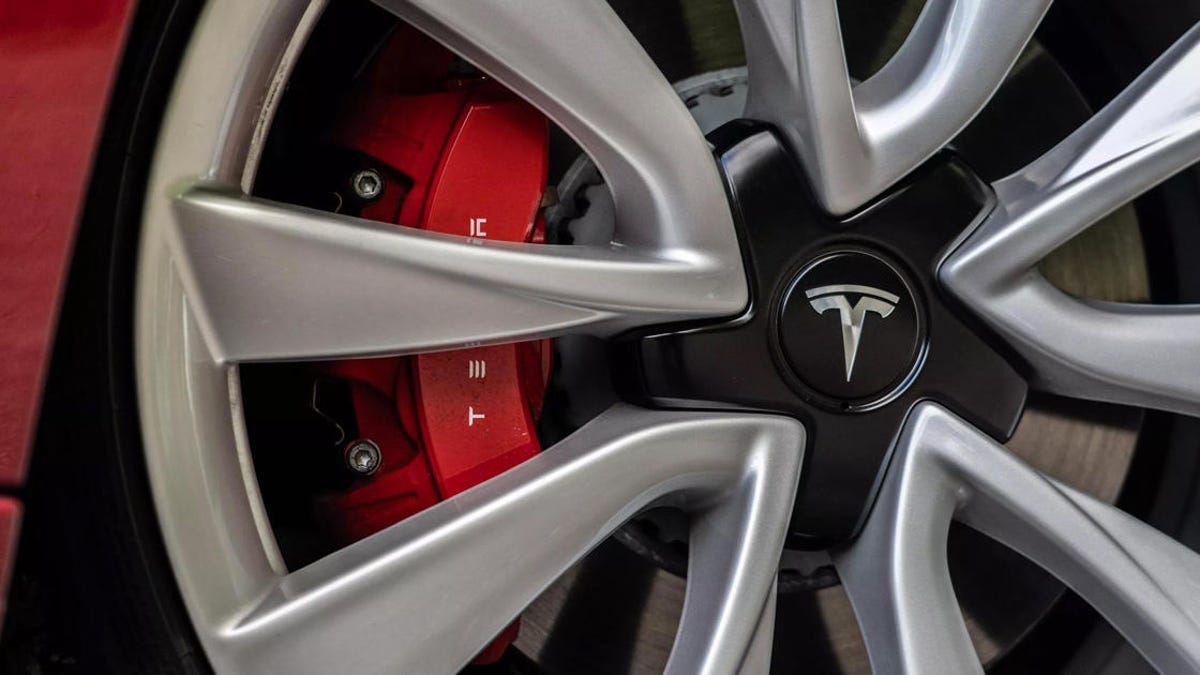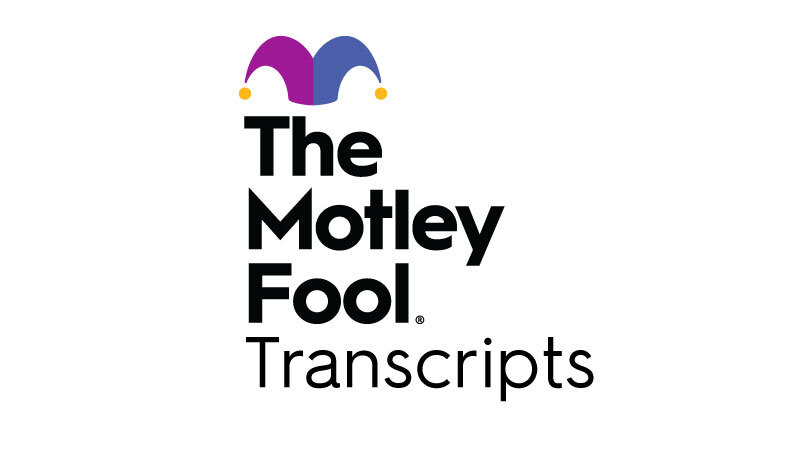I suspect it happens more in the northern states due to the lower angle of the sun most the day. I see you are in FL so likely don't experience it as often. I have this issues with both my 2018 and 2022. So I don't think it is a problem with my specific cameras, versus the cameras in general.I have driven FSD Beta since summer 2021 and not encountered total blinding. Maybe something is wrong with your cameras? I have noticed more phantom breaking in low light conditions though.
I think the premise for this question vastly underestimates the difficulty of autonomous driving. Comparing the visualization with the FSD beta behavior, you will notice that most driving errors stem from judgement, not form lack of detection.
I get what you say with the cameras not having the position to see past cars in lane or past obstacles. A truly autonomous system should solve problems like that through object permanence, inference or repositioning. That's trivial for a system advanced enough for true autonomy.
Changing camera positions now would be putting the carriage before the horse IMO.
I do agree that if the cameras truly get blinded or covered up by e.g. snow and there is no way for the computer to compensate, an upgrade is needed. But only for future cars. The ones already on the road will just pull to the side and ask the occupant to wipe off or cancel the trip, something like that.
While I agree pulling over for snow may be reasonable, the issues I outlined at the start of the post are for just general every day driving.




